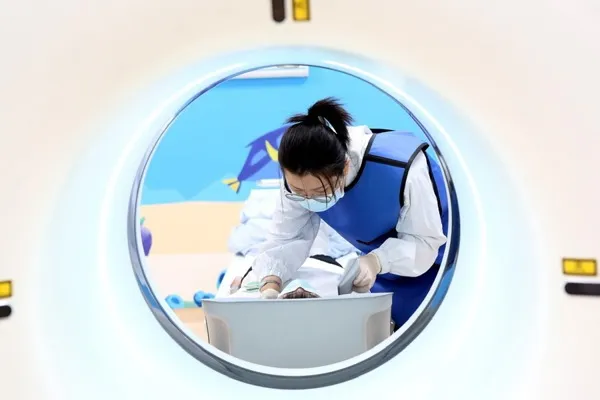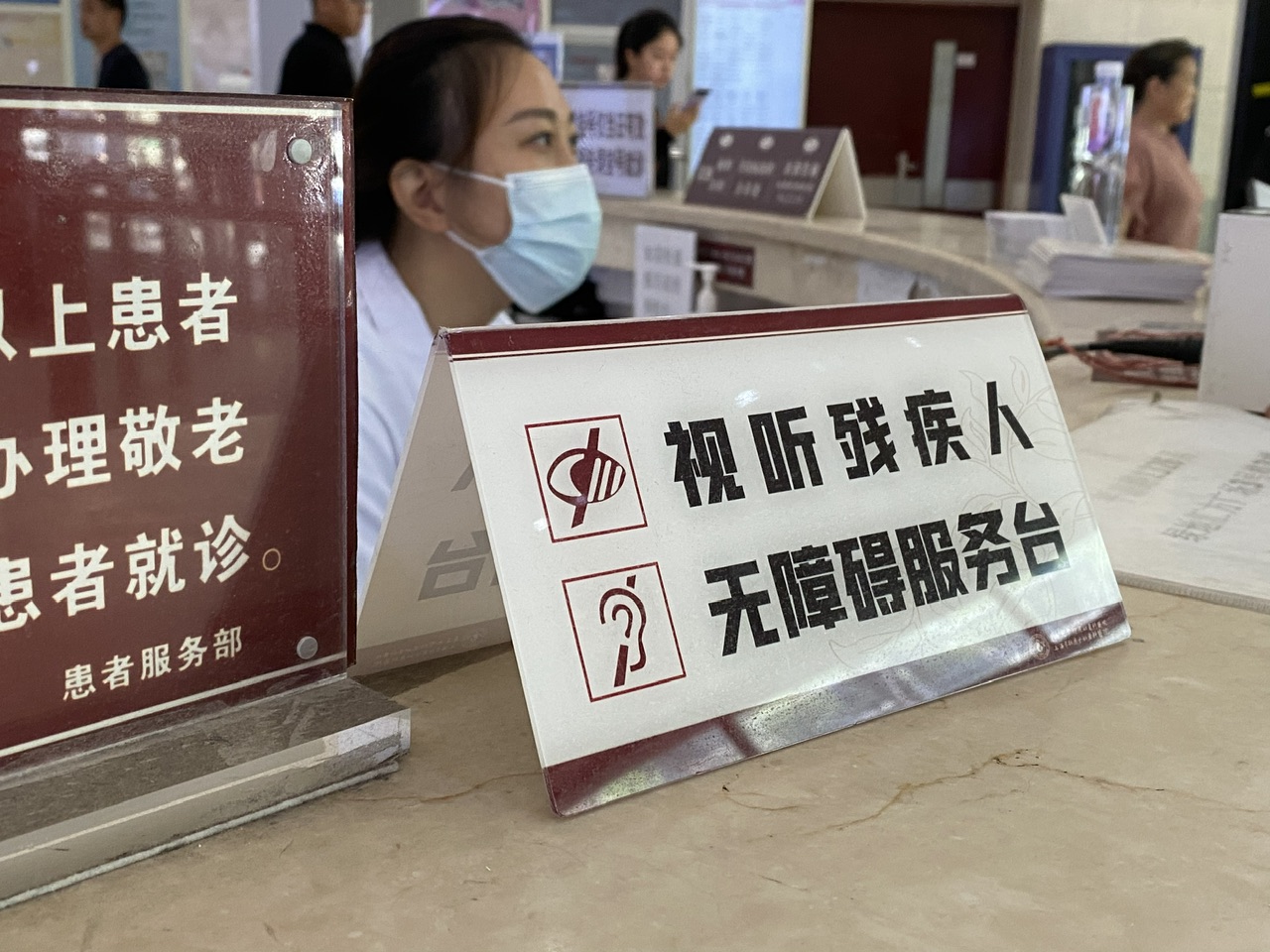The intake of soy products is abnormally high. The "2024 Diet and Nutrition Report on Alzheimer's Disease Patients in China" was released
Alzheimer's disease is a neurodegenerative disease with complex etiology and severe disability and dementia. To date, no long-term effective or curable treatment has been found. In recent years, the incidence of the disease has continued to rise, which not only seriously threatens the health and quality of life of the elderly, but also brings a heavy burden to families and society.
To further promote the prevention and treatment of Alzheimer's disease, today, the 2024 Annual Report of the Alzheimer's Disease Branch of the China Geriatric Care Society - Diet and Nutrition Survey Report for Alzheimer's Disease Patients was first released at Renji Hospital Affiliated to Shanghai Jiaotong University School of Medicine. ADC and relevant public welfare organizations jointly launched this national diet and nutrition survey activity, covering 30 provinces, autonomous regions and municipalities across the country, and collected a total of 1,034 high-quality questionnaires.
The report shows that compared with the recommended standards of the Dietary Guidelines for Chinese Residents, there is a significant imbalance in the dietary structure of patients with Alzheimer's disease. Although the overall intake of cereals, potatoes, livestock and poultry meat by patients basically meets the recommended amount, there are obvious deviations in the choice of specific food types. "In particular, the intake of whole grains and potatoes is far lower than the guidelines recommend, which to a certain extent affects the overall nutritional value and health benefits of the diet." Wang Gang, director of the Department of Neurology at Renji Hospital, introduced that in addition, in terms of the intake of foods rich in multiple nutrients such as eggs, fruits, fish, shrimp, vegetables and milk, AD patients generally have insufficient intake, which is far below the recommended standards of the dietary guidelines. In contrast, the intake of soybeans and their products is abnormally high, reaching 1.9 times the recommended intake. This unbalanced dietary pattern may have an adverse effect on the health of patients.
In terms of energy intake, the survey results are also worrying. The average daily energy intake per standard person per day for AD patients in my country is only 1128.1 kcal, which is far lower than the recommended dietary intake for the elderly and lower than the average dietary energy intake level of the elderly in China in 2015. This shows that AD patients may have insufficient energy intake, which may further affect their physical function and health.
In addition, this survey also revealed a close relationship between the dietary inflammatory index and the risk of cognitive impairment in patients. Data showed that the average DII of patients with AD and related cognitive impairment in my country was as high as 2.46±1.73, which is not only far higher than the DII level of general elderly community residents, but also higher than the DII value of the elderly population in the American community.
"This means that AD patients in my country tend to choose foods with pro-inflammatory properties in their daily diet, and this eating habit is likely to be an important factor in exacerbating their risk of cognitive impairment," Wang Gang explained. It is worth noting that the DII levels of patients in different regions also show significant differences: AD patients in the southwest region have a lower dietary inflammation index level of 2.1, showing a healthier diet; while AD patients in the northwest region face a higher dietary inflammation index level of 2.8, further indicating that eating habits in different regions may have different effects on cognitive health; the East China region where Shanghai is located is 2.5, which is a medium level.
Wang Gang suggested that patients with AD and related cognitive impairment in my country should pay more attention to the construction of a balanced diet. By increasing the intake of healthy foods such as whole grains, potatoes, fruits and vegetables, fish, shrimp and milk, and reducing the proportion of pro-inflammatory foods, the inflammatory response of the diet to the body can be reduced, thereby maintaining the patient's cognitive function and quality of life. At the same time, patients and their families should pay close attention to energy intake to ensure that patients get enough energy to support the normal functioning of their body functions.
Professor Jie Hengge, Chairman of the Alzheimer's Disease Branch of the Chinese Society of Geriatric Care and Chief Physician of the Department of Neurology at the First Medical Center of the General Hospital of the Chinese People's Liberation Army, said that the newly released "2024 China Alzheimer's Disease Diet and Nutrition Report" not only reveals the intricate relationship between Alzheimer's disease and dietary nutrition, provides a valuable cognitive perspective, but also provides strategies for the subsequent formulation of personalized and efficient intervention measures and management plans. "Strengthening the attention and concern for the diet and nutrition of Alzheimer's patients will be a key step in promoting the process of healthy aging and significantly improving the quality of life of the elderly." He called on all sectors of society to work closely together to create a healthier and more inclusive living environment for Alzheimer's patients.






